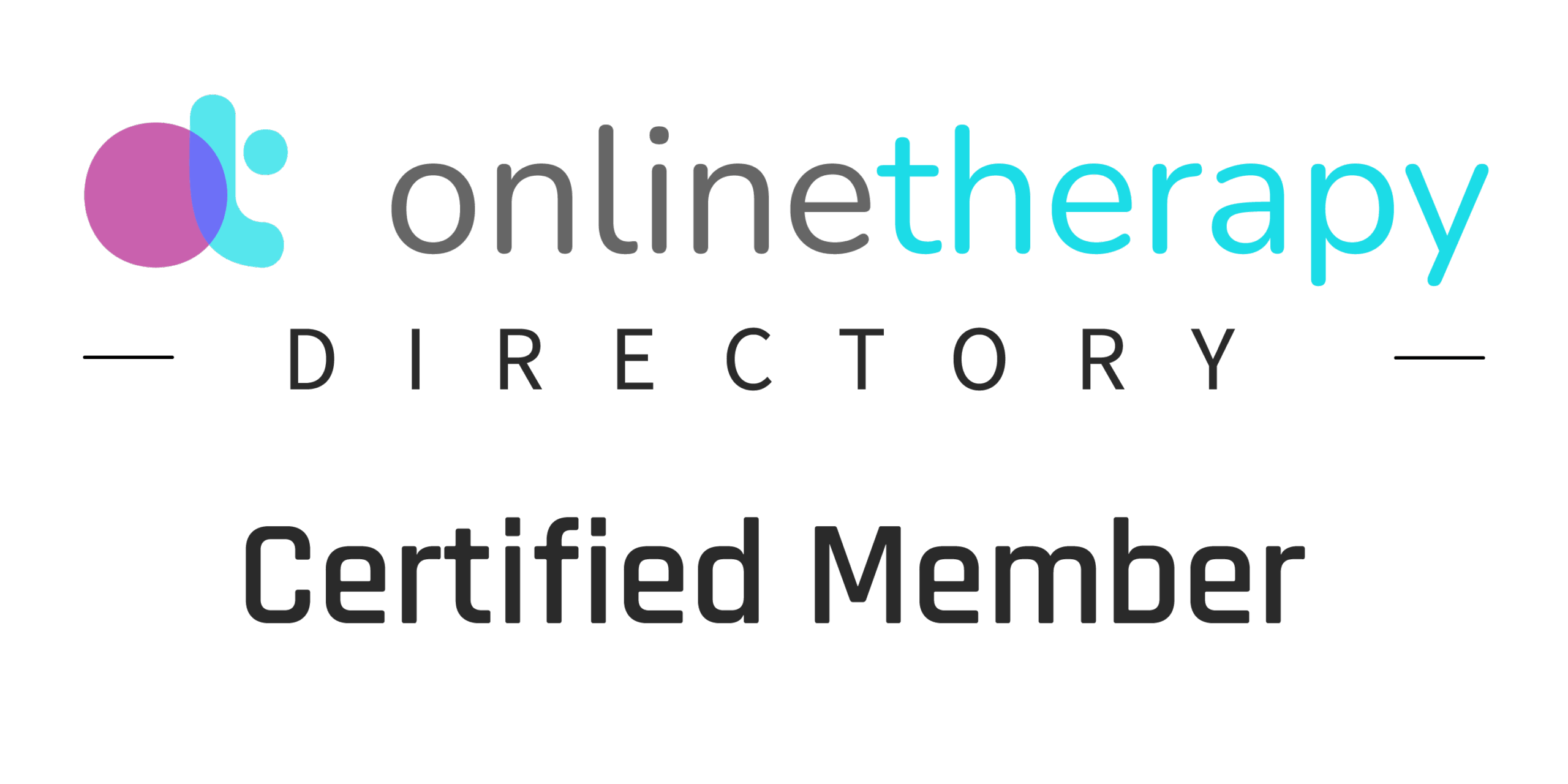Find Your Inner Compass and Cultivate That With Time

One of the most exciting and rewarding aspects of trauma therapy—for both my personal and professional journey—has been teaching clients how to find their inner compass and cultivate it with time. But what does that really mean?
At its core, it means learning to trust yourself. It means discovering who you are, learning to self-source and self-resource, and reconnecting with your inner world. It’s about making choices and navigating life from a grounded, authentic, self-congruent place rather than relying on others to define your worth or guide your every step.
How Trauma Disrupts Your Inner Compass
When someone has experienced significant trauma—whether narcissistic abuse, emotional abuse, or sexual abuse—especially during childhood, the ability to trust oneself often becomes compromised.
Imagine growing up in an environment where you were constantly criticized, invalidated, or ignored. Perhaps one day you were told you were “good” and the next day you were “bad,” depending on a caregiver’s mood. Inconsistent parenting, neglect, or abuse teaches children that their inner world is unsafe or untrustworthy.
To survive, many children learn to abandon themselves. They dissociate, ignore their needs, and outsource their worth and identity to others—simply as a way to receive love, attention, or care. Over time, this coping mechanism creates disconnection from the self.
In adulthood, this often looks like codependency, poor boundaries (whether too rigid or too porous), and chronic self-doubt. Many people come to therapy realizing they don’t actually know who they are. They’ve defined themselves only through relationships or external validation, leaving them feeling lost, anxious, or dependent on others for direction.
The Healing Process: Reclaiming Your Compass
Healing means recognizing that your inner compass was never destroyed—it’s just buried. The process involves uncovering it, dusting it off, and learning how to use it again.
Through approaches such as somatic trauma therapy, EMDR therapy, and mindfulness practices, clients begin reconnecting with their inner world. Somatic work is particularly powerful because the body doesn’t lie. Even if your mind questions itself, your body holds truths you’ve learned to ignore.
Many clients describe their first somatic experiences as faint or subtle—like whispers from the body that feel easy to dismiss. But over time, as they practice listening, those whispers grow louder. The body’s signals become harder to ignore, guiding decisions and bringing a deeper sense of alignment.
For example, when faced with a choice, I encourage clients to pause, breathe, and notice how each option feels in their body. Does one bring a sense of calm or expansion? Does another bring tension, unease, or contraction? These sensations are valuable information. Sometimes unease isn’t a signal to walk away—it may point to old wounds around choosing yourself, revealing where more healing is needed.
My Own Experience
I know this path intimately because I’ve walked it myself. Before my healing journey, I struggled deeply with self-doubt. I didn’t know how to trust my inner world, and decision-making often felt impossible. Opportunities would come my way, but I felt paralyzed, unsure of who I was or what I wanted.
Over time, through therapy and self-work, I learned to check in with myself first. Now, when making choices, I ask: Does this align with my values? Does it feel true to who I am? Sometimes I still make mistakes or realize in hindsight that something wasn’t the right fit—but that’s okay. Healing isn’t about perfection; it’s about learning, adjusting, and staying connected to yourself.
Healing Isn’t Linear
One of the most important truths I remind clients of is that healing is never linear. Some days you may feel like you’ve taken ten steps forward, only to take three steps back. Other times, setbacks might feel overwhelming. But every step—forward or backward—contributes to growth.
Finding and cultivating your inner compass takes time, patience, and practice. It often means making mistakes, sitting with discomfort, and unlearning old survival strategies. But over time, you begin to notice a shift: decisions feel clearer, boundaries become healthier, and life feels more grounded and authentic.
Moving Toward Authenticity
Whether through individual therapy, relationship therapy, EMDR, dialectical behavior therapy, or trauma-informed care, the ultimate goal is helping you reconnect with yourself. Therapy provides a safe, consistent environment where you can practice self-trust, explore your inner world, and build confidence in your ability to self-source.
If you’re in Westlake Village, Thousand Oaks, Agoura Hills, Calabasas, Oak Park, Ventura, Los Angeles, or anywhere in California, know that support is available. Whether through in-person sessions or online sessions, you don’t have to navigate this process alone.
Cultivating your inner compass is one of the most rewarding parts of the healing journey. It’s about reclaiming your voice, your truth, and your direction. And while the process takes time, the result is life-changing: a deeper, steadier trust in yourself.
So, as you continue your healing journey, remember this—your inner compass has always been there. It may be buried under years of pain or doubt, but with patience, compassion, and support, you can find it, trust it, and let it guide you home.




